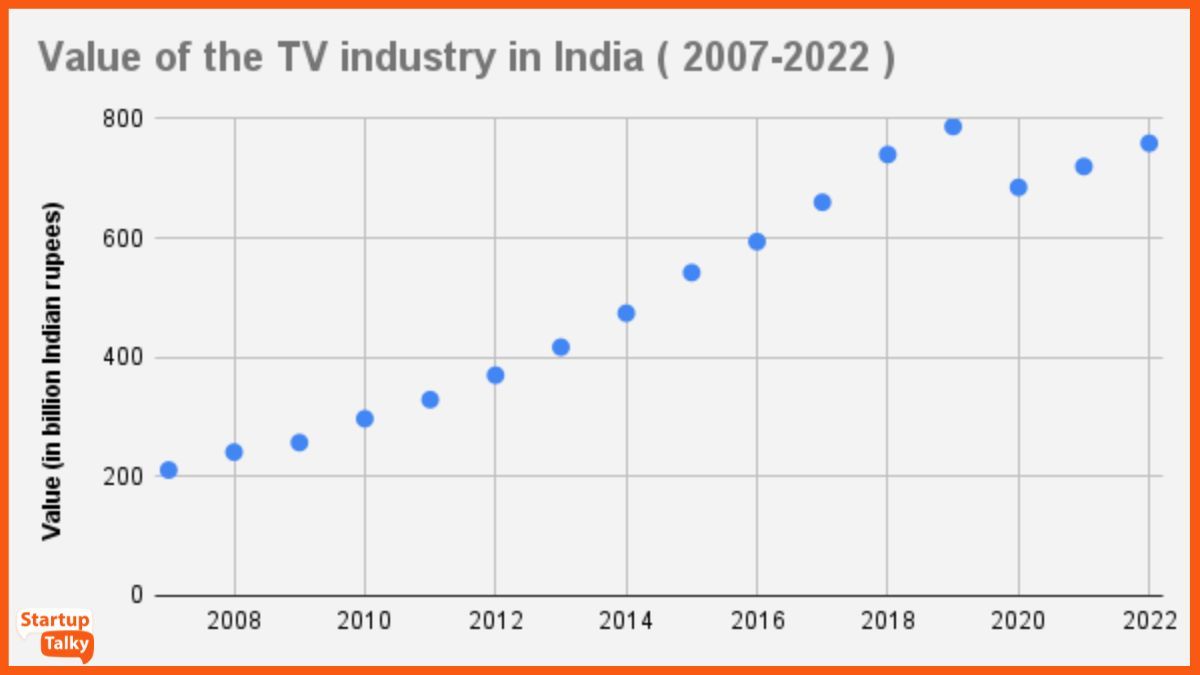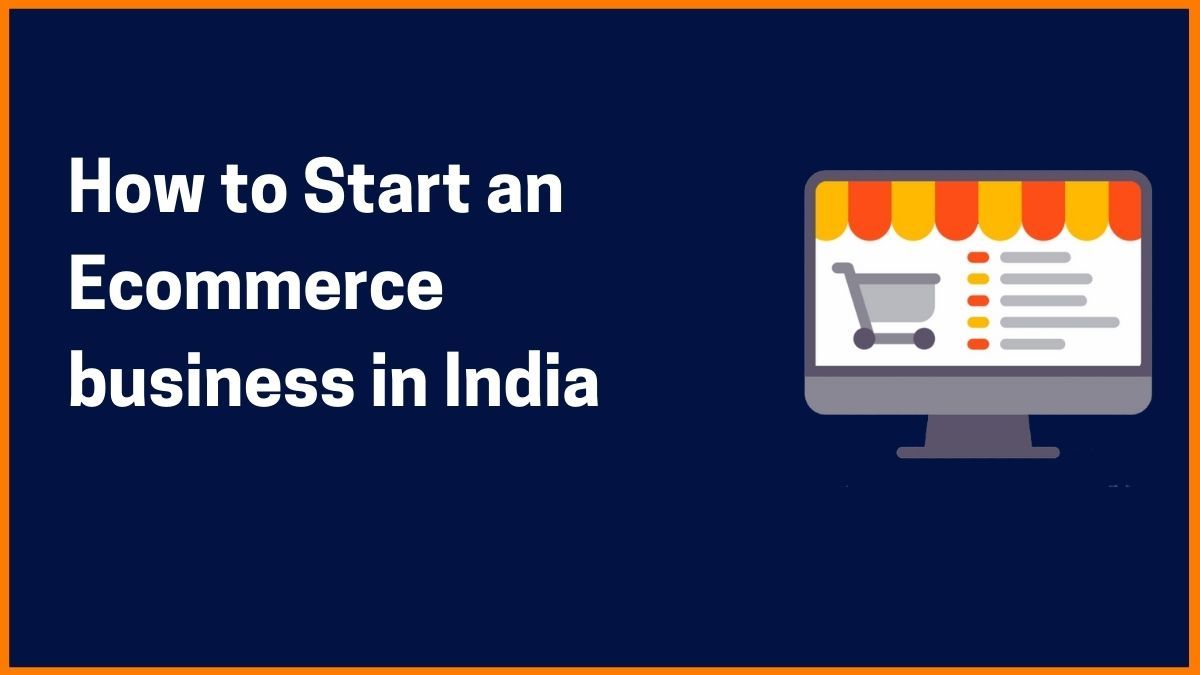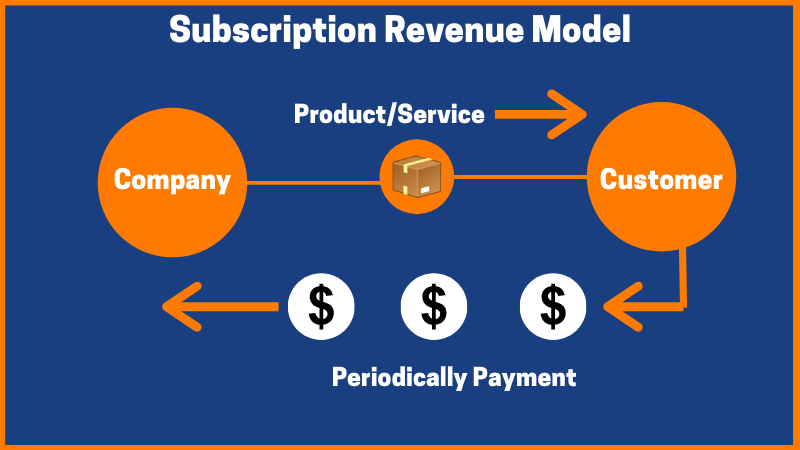Every startup builds a business model that is viable and promises huge returns after a specific time frame. But for a business to sustain itself in this highly competitive ecosystem, earning revenue along with some investments is important. So, here are some of the revenue models for startups i.e. a channel through which a specific business earns to sustain and grow itself. The offerings could either be a B2B (Business to Business) or B2C (Business to Consumer).
What is Revenue Model?
Markup Revenue Model
Commission Revenue Model
Subscription Revenue Model
Arbitrage Revenue Model
Advertising Revenue Model
Pay Per Use Revenue Model
Licensing Revenue Model
What is Revenue Model?
A revenue model is a conceptual framework that determines and explains the revenue earning strategy of the business. A revenue model is a framework for generating financial income. It is the strategy of managing a company’s revenue streams and the resources required for each revenue stream. It includes the product or service of value, the revenue generation techniques, the revenue sources, and the target consumer of the product offered.
Markup Revenue Model
Normally followed by middlemen. In simple words, earning profits by selling goods at a price that is higher than its actual price, this margin includes all the profits, commission-based revenue model, and additional costs. They buy the product from the manufacturer, before selling it to the consumer. E-Tailers, retailers follow this type of revenue model.
Commission Revenue Model
Charging a fee or a commission for providing a platform, to connect a provider with a consumer. They charge a commission based on service or item being sold. The commission may be fixed or maybe a percentage of the selling price. This commission-based revenue model is highly popular in generating a revenue stream, especially for various internet companies. Aggregators like Ola, Payments wallets like Paytm work on this business model.
Subscription Revenue Model
Charging a periodic fee for a specific service. Most common for OTT (Over the top) platforms and SaaS (Software as a service) providers to generate revenue. The periodicity can be weekly, monthly, or yearly, based on the service and its provider. A subscription for basic access in addition to some extra charge contingent upon use. An essential telephone utility pays a pre-decided expense for a month to month use yet may have additional charges for extra administrations, for example, significant distance calls, registry administrations, and pay-per-call administrations.
At the point when the essential help is offered for nothing out of pocket, this plan of action is frequently alluded to as freemium. This revenue model has a high recurring ratio i.e. a customer might come back to the platform if he likes the service and finds Return on Investment good enough. Netflix, Prime Video, Byju’s follow this revenue model.


Arbitrage Revenue Model
This revenue model works on the price difference of the same product in different markets. Currencies, bonds, commodities are traded in different markets and the profit generated through the trading results in cash flow. This revenue model of a startup is usually a low risk one but might result in heavy losses if a currency gets delisted due to heavy inflation. The arbitrage online system is a publicizing procedure that includes purchasing traffic from a site that coordinates to your webpage and selling promoting space on your site. Utilizing this basic method the potential for cash making is boundless.
Advertising Revenue Model
Money is generated by providing a platform for companies or individuals to display their advertisements. Social media platforms earn through this business model. This revenue model is highly profitable if successfully implemented. A provider might charge an advertiser based on duration and area, if present in an offline channel or based on clicks and views in the case on online channels. Facebook, Instagram, and various magazines and newspapers follow this model for generating cash flow. This revenue model is easy to adopt if you have a greater regular audience and you can easily earn more money.
Pay Per Use Revenue Model
Platforms charges a user commission, every time he uses their service. Rates might differ as per the service being provided and the amount. Credit card companies follow this revenue model of a startup.
Licensing Revenue Model
Most inventors and owners of any intellectual property earn by providing a license for their invention. People who have patented their inventions follow this revenue model. The license amount is dependent on time, region, and volume. Software providers like Microsoft follow these types of business models for startups to generate a revenue stream. A licensing revenue model allows technology producers to monetize their new technology products by licensing them to other companies so that they may be integrated into an end-product.

FAQs
What is a revenue model?
A revenue model is a strategy for managing a company’s revenue streams and the resources required for each revenue stream. A business model is the structure comprised of all aspects of a company, including revenue streams for startups, and describes how they all work together.
What are the types of Revenue Models?
Types of Revenue Models are as below:
- Markup Revenue Model
- Comission Revenue Model
- Subscription Revenue Model
- Arbitrage Revenue Model
- Advertising Revenue Model
- Pay per Use Revenue Model
- Licensing Revenue Model
What is Commission Revenue Model?
Charging a fee or a commission for providing a platform, to connect a provider with a consumer. They charge a commission based on service or item being sold. The commission may be fixed or maybe a percentage of the selling price. This commission-based revenue model is highly popular in generating a revenue stream, especially for various internet companies.














